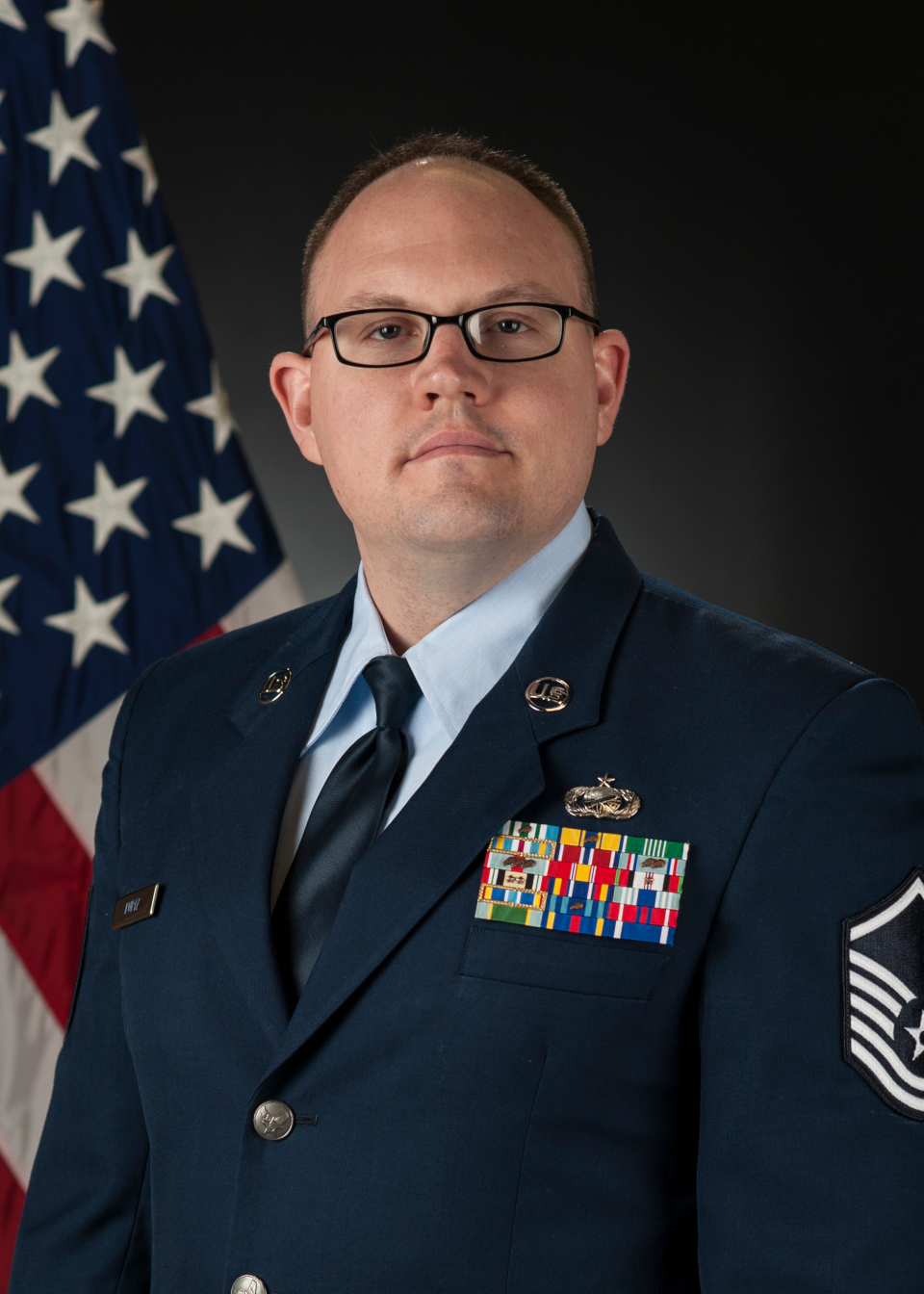“Snackable” Video Is Key to Social Media Engagement

Do you wonder what it takes to create compelling video content that engages your social media audience and keeps them coming back for more? Master Sergeant Nicholas Kurtz, lead video skills instructor at the Defense Information School, understands very well the importance of social media’s reach and the need for “snackable” video content to tell the story in today’s media environment.
“‘Snackable’ content is media designed to be easy for a viewer to consume and share,” said Kurtz. It’s shorter and optimized for smaller screens to be as engaging as possible and to encourage viewers to share the video with others.
As for why, Kurtz said, “Many large government agencies are still operating from a legacy ‘broadcast’ mindset, unwilling to adapt to the realities and endless possibilities of social media.”
Kurtz has joined the featured speaker lineup of Government Video Expo, scheduled for Nov. 27–29 in Washington. In the session “‘Snackable’ Video Content: Engaging Viewers Through Social Media” he will share his knowledge of the need for short, attention-grabbing videos and how to forge an ongoing connection with your audience and community through “snackable” bites of visual content.
“If you feel like you’re stuck producing the same kind of videos that aren’t really moving the needle, you can definitely get some inspiration from this session,” Kurtz said.
Facebook and other social media algorithms prioritize video content over other types of posts, and live video is even more effective for ensuring engagement on those platforms. “By simply pulling out a phone and going live, the notification that your organization is currently streaming goes out to every follower you have who's online at that time,” Kurtz explained.
“Print and radio certainly have their place in the communication landscape, but video can augment and complement both, while standing on its own as well,” he continued. “A lot of radio shows are simulcasting with live video on social media and television. More and more, print journalism is incorporating video content to enhance coverage and give the audience another way to interact with and comprehend the information.”
The professional video industry's #1 source for news, trends and product and tech information. Sign up below.
MSgt. Kurtz has served as a video skills instructor at the Defense Information School’s Broadcast Operations and Maintenance Department since July, 2015. His career includes positions at civilian radio stations and the American Forces Network.
Kurtz says Sept. 11, 2001, was his first “real” day on the job as an airman at Aviano Air Base in Italy. Shortly after he received his dorm key, the second plane hit the World Trade Center in New York City, and he was tasked with “relaying information about school closings and how to adjust to increased security postures on base,” Kurtz remembers. He credits his own DINFOS training and ‘a couple years’ experience in civilian radio” with enabling him to not “let my team or the listening members of my new community down” during that critical event.
“That was the day I knew I’d be doing this job as long as they’d let me,” Kurtz remembered. “Seventeen years later, I’m still in uniform, and I’ve come full circle. I now get to teach at DINFOS and share the lessons of that day and my love for this job with the next generation of service members joining the public affairs career field.”
Flash forward to 2018, and Kurtz said his mission is “to train and sustain professional communicators for the Department of Defense and its partners.” He said, “The U.S. military, like any organization, has internal and external communication needs. In fact, we’re required by law to document and communicate the actions of our Armed Forces. The Defense Information School provides world-class training to the people responsible for making sure those communication needs are met for the DoD.”
Kurtz encourages producers to get creative with ideas and tools and to overcome risk aversion, which is natural when trying new things. “Not every video needs to be the talking head shot of your leader in their office; and you don’t need to wait for a big budget approval to go through before you can begin using video to your advantage. Most of us have all the tools we need right in our mobile devices.” After all, he added, “Now we live in an age where just about anyone is able to live-broadcast full HD video to a global audience.”
He cited the DINFOS Cares campaign as an example of how to create this type of snackable, engaging content. “Under the hashtag #DINFOSCares, we highlight some of the cool things that go on outside of the classroom … Short videos show that our instructors and staff are making positive impacts in their community, and that we’re just regular people who happen to wear a military uniform. Not every video you put out needs a ton of planning behind it. Real moments of genuine human interaction have a big impact on your audience.”
Key Takeaways
Who?Defense Information School Lead Instructor for Video Skills MSgt. Nicholas Kurtz will deliver a presentation on “‘Snackable Video’ Content: Engaging Viewers Through Social Media” at the2018 Government Video Expo.
Why?MSgt. Kurtz will discuss different ways to incorporate short, creative, engaging videos into your strategic communication plan. To inspire attendees, he will share examples from how the Department of Defense and other federal agencies do this effectively.
Now What?Sign upto meet and learn from Kurtz and other top speakers from “PBS NewsHour,” DC Visionaries, BundlAR, Creative Media Matters and more.
